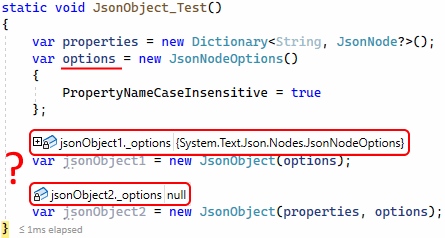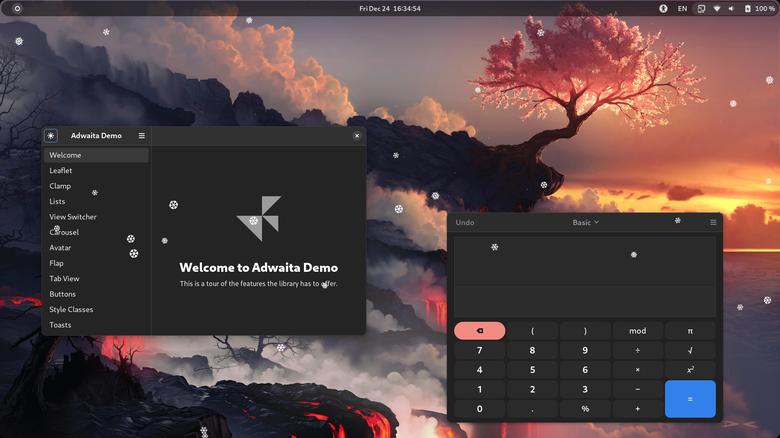Russian 3D scanner manufacturer Thor3D launches its new device: the Calibry Mini.
Made for scanning smalled objects, this affordable and lightweight solution, designed to be easy to use, can be a good choice for education and medical fields, as well as arts and museums.
Anna Zevelyov, CEO of Thor3D, mentions that the device will grant the doctors the ability to scan any part of the body and even perform full-body scans. Museums will now be able to capture various collections with art objects of different sizes. She adds that their engineers conducted multiple tests before release that showed impressive results.
According to her, the device will be a great addition to the company’s portfolio, making their Calibry product line even more versatile and compelling.



















